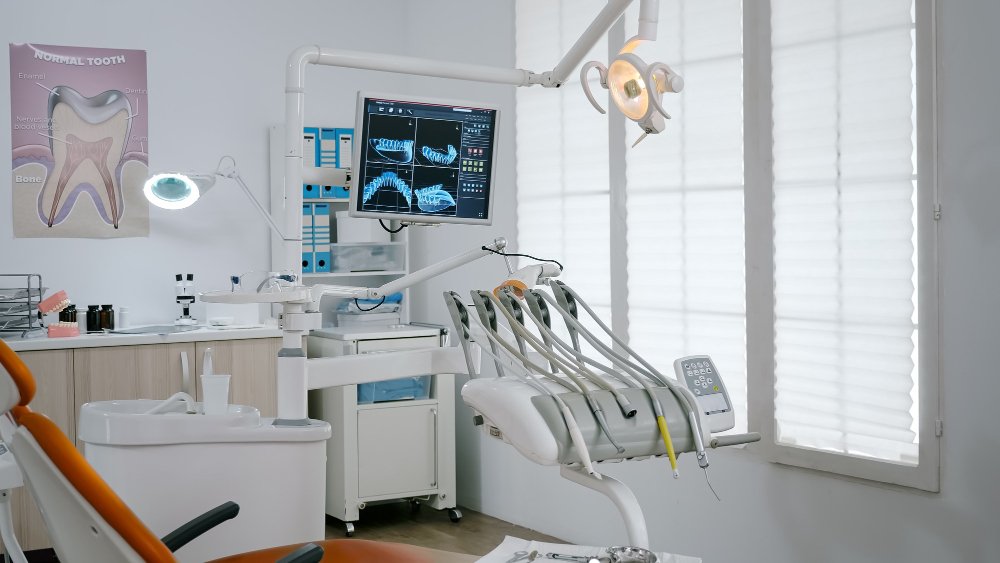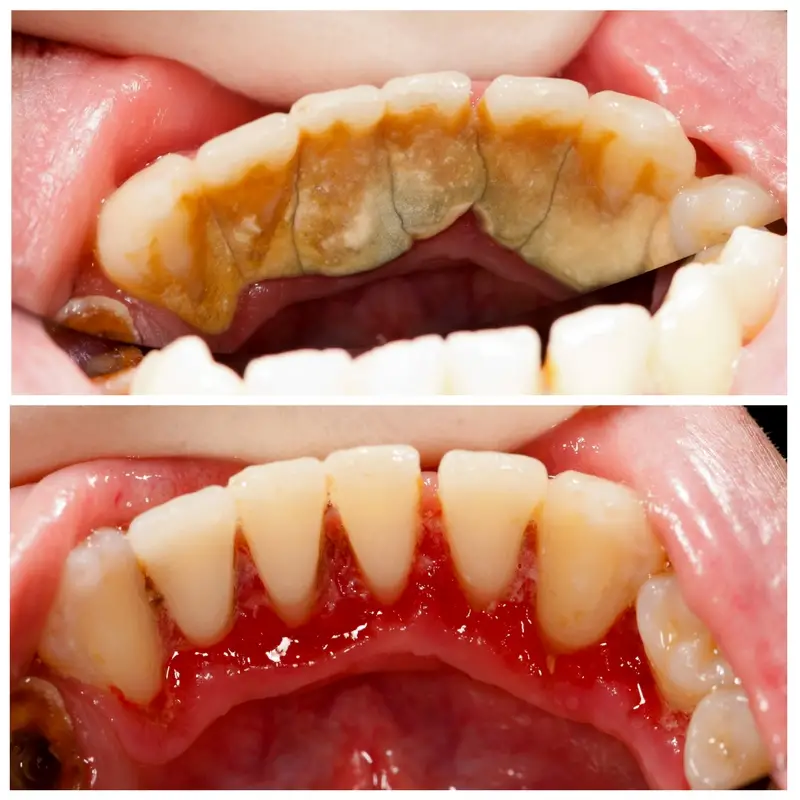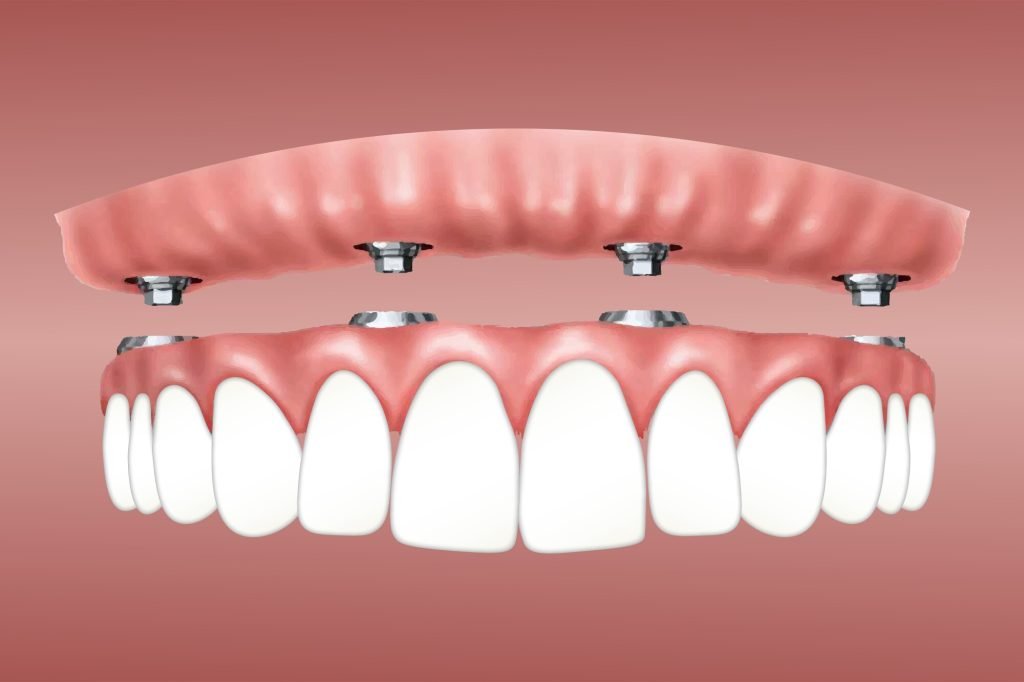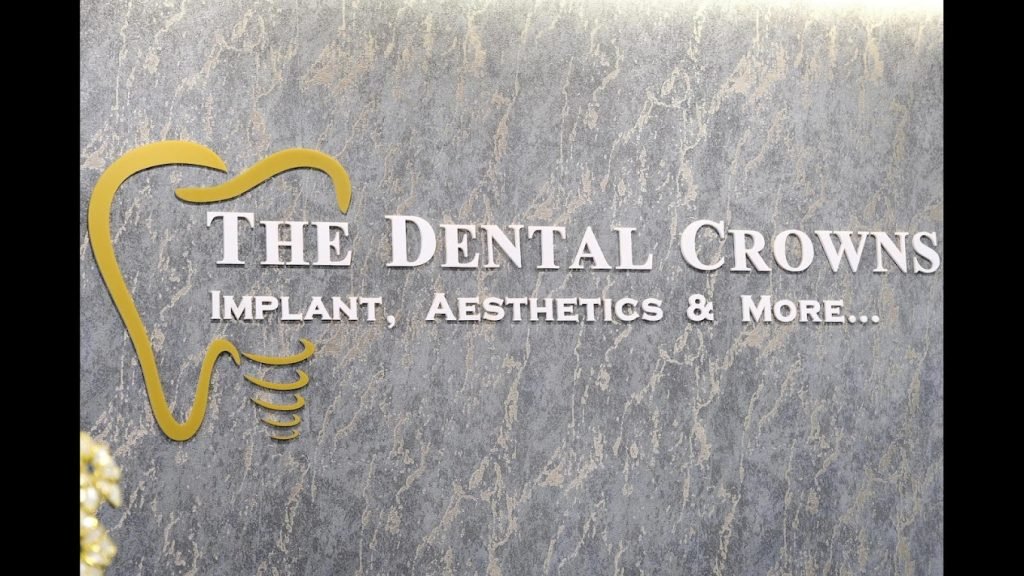A Comprehensive Guide to Different Types of Teeth and Essential Care Tips
In the realm of dental hygiene, understanding the diverse types of teeth nestled within our mouths is akin to unlocking the gateway to optimal oral health. Each tooth serves a unique purpose, contributing to functions like chewing, speaking, and maintaining facial structure. To maintain a radiant smile and overall well-being, it's crucial to delve into the anatomy of teeth and embrace tailored care practices. Let's embark on a journey through the intricacies of teeth and unveil essential care tips for each type.
1. Incisors: Incisors are the sharp, chisel-shaped front teeth, located in the upper and lower jaw. These teeth play a pivotal role in biting into food and aiding in pronunciation. Given their prominent position, incisors often bear the brunt of wear and tear. Care Tip: Safeguard your incisors by adopting gentle brushing techniques using a soft-bristled toothbrush. Regular flossing helps prevent plaque buildup between these teeth, promoting longevity and maintaining their aesthetic appeal.
2. Canines: Nicknamed as “fangs,” canines are the pointed teeth adjacent to the incisors. Their purpose extends beyond tearing food to assist in guiding the jaw during closure and ensuring proper alignment of adjacent teeth. Care Tip: Preserve the integrity of your canines by refraining from using them as tools for tearing packages or opening bottles. Consistent dental check-ups can identify any signs of misalignment or damage early on, allowing for timely intervention.
3. Premolars: Situated behind the canines, premolars possess a flattened surface ideal for grinding and crushing food. These teeth bridge the gap between canines and molars, facilitating efficient mastication. Care Tip: Opt for a balanced diet rich in calcium and phosphorus to fortify the enamel of your premolars. Regularly rinsing with fluoride mouthwash strengthens enamel and shields against decay, ensuring the longevity of these essential teeth.
4. Molars: Molars, characterized by their larger surface area and multiple cusps, are situated at the back of the mouth. Their robust structure facilitates the breakdown of tough and fibrous foods, promoting efficient digestion. Care Tip: Embrace a comprehensive oral hygiene regimen encompassing brushing, flossing, and the use of interdental brushes to access hard-to-reach areas between molars. Incorporating a mouthguard during sports activities shields these teeth from potential trauma, preserving their functionality.
5. Wisdom Teeth: Wisdom teeth, also known as third molars, typically emerge during the late teenage years or early adulthood. Despite their evolutionary significance, wisdom teeth often encounter spatial constraints within the jaw, leading to impaction and potential complications. Care Tip: Regular consultation with a dental professional enables proactive monitoring of wisdom teeth development. In cases of impaction or discomfort, timely extraction minimizes the risk of overcrowding and misalignment, safeguarding oral health.
In essence, fostering a harmonious relationship with each type of tooth necessitates a proactive approach to dental care. By incorporating tailored strategies and seeking professional guidance when needed, you embark on a journey towards a resilient and radiant smile. Remember, the key to enduring oral health lies in embracing preventive measures and nurturing a deep-rooted commitment to dental well-being








